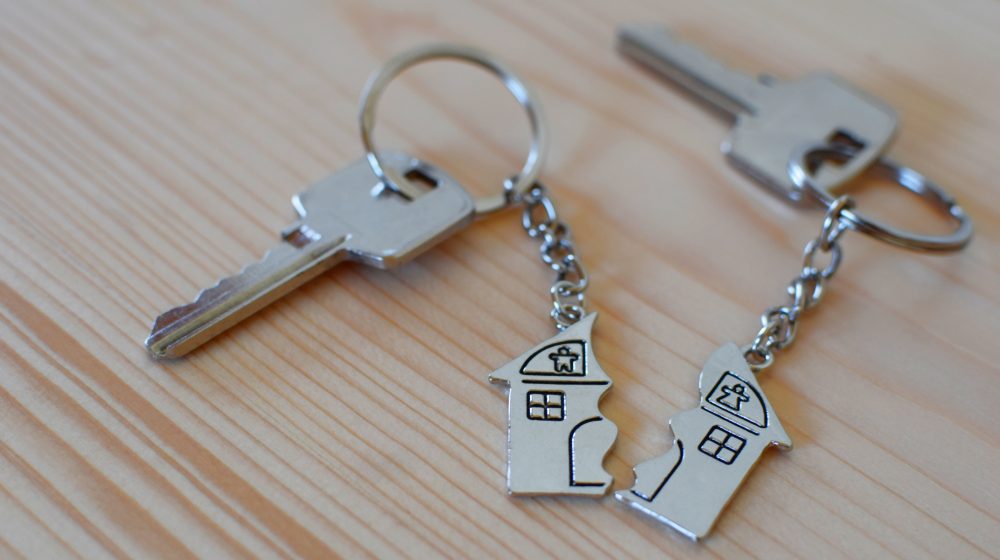In a case decided in June 2024, the judge considered the extent to which pre-marital property can become “matrimonialised” over time.
Divorce and Family associate Lucy Swinton considers the detailed judgment in RM v WP [2024] EWFC 191, which focuses on pre-marital property used by the separating spouses as a family home during the marriage.
Background: When does a property become matrimonial?
In this case, the wealth was largely limited to four properties, all of which were owned by the husband prior to the parties’ first meeting in 2004. The properties remained in the husband’s sole name for the duration of the marriage. Aside from these properties, the parties had few other assets, and the sums owed to their solicitors extinguished any cash they had.
The combined value of all four properties was just under £2m. The wife’s case was that all four properties should be regarded as matrimonial property on the basis that each was treated at consecutive points during the marriage as the family home. Given this pattern of occupation, the wife argued that the net equity of £2m should be shared equally between the parties. The husband’s case was that all of the properties were non-matrimonial, and the wife’s claim should be limited to her needs.
The focus of this article is the approach adopted by His Honour Judge Hess to the evaluation of the parties’ use of the four properties during the marriage and how, if at all, that use should be reflected in the wife’s award.
The wife’s reasonable housing need
The judge dealt first with the issue of the wife’s needs and, specifically, what she would need for housing. The husband’s case was that the sum of £450,000 to £500,000 would be sufficient to enable the wife to rehouse. The wife argued that her needs were far greater and could only be met with a sum of £800,000 to £850,000. Ultimately, the judge concluded that a reasonable housing fund for the wife would be somewhere in the middle: £650,000 plus £30,000 for purchase costs.
Having set the wife’s housing budget at £680,000, the judge said that given her age (52) and her salary (£30,000 net), she could and should fund part of that budget using mortgage finance of £75,000. Taking this mortgage capacity into account and the debts of £52,000 that the wife had at the time of the hearing, the judge assessed the wife as having established a needs case for a lump sum of £657,000. This was calculated as £680,000 for housing less her mortgage capacity of £75,000 plus funds to clear her debts of £52,000.
This would leave the husband with assets of around £1.2m, which the judge was satisfied would enable him to meet his housing and income needs.
What (if any) was the wife’s sharing claim?
The judge turned next to the wife’s argument that her award should not be limited to her needs entitlement and that the real property assets (being the only meaningful assets in the case) had become “matrimonialised” and were matrimonial property to which the ‘sharing principle’ applies. The sharing principle is that the parties should share equally any assets earned during a marriage regardless of whose name they are held in or who earned them.
Family practitioners will be familiar with the well-established principle that a claimant should be awarded the higher of their needs entitlement and sharing entitlement. A 50% share of the value of the four properties would produce a lump sum of just under £1m. This would increase the wife’s lump sum entitlement significantly above the needs-assessed sum of £657,000. The question for the judge was this: did the wife have a right to share in the value of any of the properties? To answer, the judge needed first to determine the extent to which the four properties had been “matrimonialised”.
Both parties accepted that the properties were pre-acquired by the husband, that there had been no mingling during the marriage, and that the wife had contributed nothing to the properties’ value. The wife argued that all four properties had become matrimonialised by virtue of them all being occupied as family homes at various points during the marriage.
After hearing evidence from the parties regarding where they lived during the marriage, the judge concluded that three of the four properties could be properly characterised as “family homes”. The combined equity of those properties was £1.46m, and a 50% share would produce a lump sum of just over £730,000. This figure was higher than the needs-assessed sum of £657,000.
The court’s decision
The ultimate issue for His Honour Judge Hess to determine was this: as three of the properties were family homes, should the wife receive a sharing entitlement of £730,000 instead of the need-assessed sum of £657,000? Put another way, was it fair that, because three properties were family homes, the value of those assets should be automatically divided equally between the parties?
As a starting point, the judge observed that “in the division of capital after a long marriage it is useful to observe that fairness and equality usually ride hand in hand and that matrimonial property will usually be divided equally”.
However, the judge decided that, notwithstanding that three of the properties were family homes, there was justification for departing from an equal division of the net equity in those homes. He commented: “If the mathematical consequences of treating the sequential occupations of different properties as family homes, where they have all been contributed by one party, produces an unfair result then the court should steer away from it and not feel bound by the application of an unbending formulaic approach.”
Of key relevance in the judge’s decision was the non-matrimonial source of the family homes (ie the husband’s sole contribution to them) which, the judge said, justified a departure from equality. Therefore, the wife’s award was limited to her needs-assessed sum of £657,000, plus a lump sum of £17,500 to fund rental accommodation for six months.
Conclusion
Partner Voirrey Ward says of the judgment:
“This case shows us that the court is willing to depart from an equal division of matrimonial property, even of a family home, where fairness requires it. We are reminded that the equal sharing of a family home is by no means inevitable and the non-matrimonial source of an asset treated as matrimonial property can, in appropriate circumstances, justify a departure from equality.”
You can find further information regarding our expertise, experience and team on our Divorce and Family pages.
If you require assistance from our team, please contact us.
Subscribe – In order to receive our news straight to your inbox, subscribe here. Our newsletters are sent no more than once a month.







